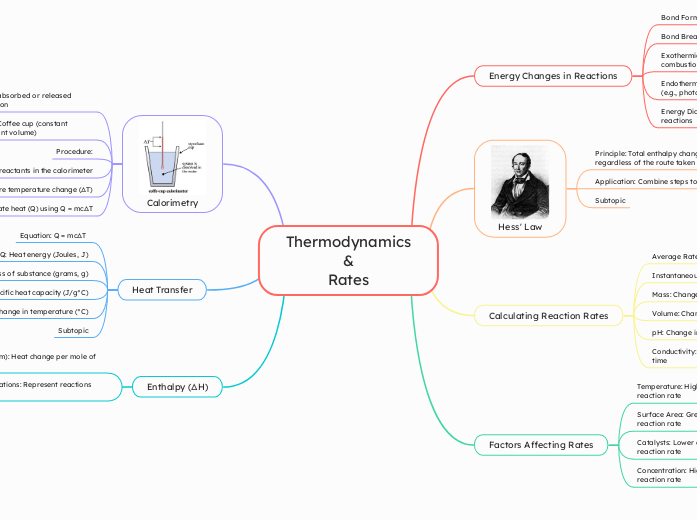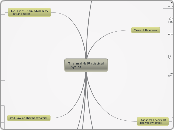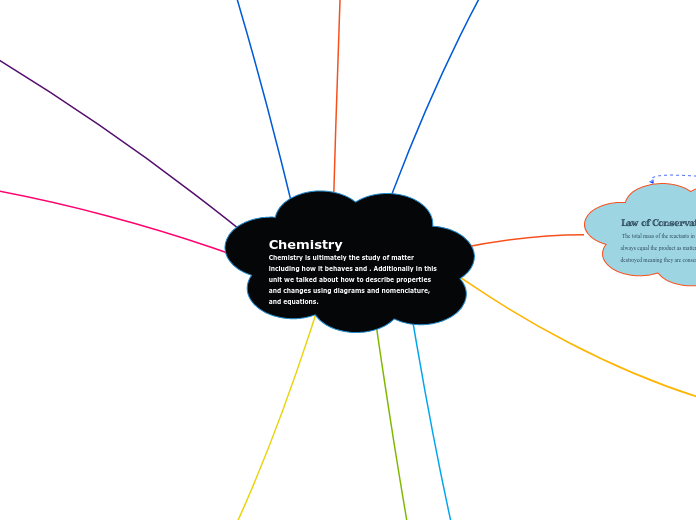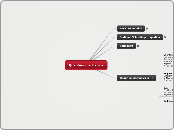作者:Rameen Sarwar 1 年以前
158
Thermodynamics
&
Rates

Thermodynamics
&
Rates
Enthalpy (ΔH)
Thermochemical Equations: Represent reactions with ΔH
Molar Enthalpy (ΔH/m): Heat change per mole of substance
Heat Transfer
ΔT: Change in temperature (°C)
c: Specific heat capacity (J/g°C)
m: Mass of substance (grams, g)
Q: Heat energy (Joules, J)
Equation: Q = mcΔT
Calorimetry
Calculate heat (Q) using Q = mcΔT
Measure temperature change (ΔT)
Mix reactants in the calorimeter
Procedure:
Types of Calorimeters: Coffee cup (constant pressure), bomb (constant volume)
Purpose: Measure heat absorbed or released during a chemical reaction
Factors Affecting Rates
Concentration: Higher concentration increases reaction rate
Catalysts: Lower activation energy, increase reaction rate
Surface Area: Greater surface area increases reaction rate
Temperature: Higher temperature increases reaction rate
Calculating Reaction Rates
Conductivity: Change in ionic concentration over time
pH: Change in acidity over time
Volume: Change in gas volume over time
Mass: Change in mass over time
Instantaneous Rate: Rate at a specific moment
Average Rate: Change in concentration over time
Hess' Law
Subtopic
Application: Combine steps to find overall ΔH
Principle: Total enthalpy change is the same regardless of the route taken
Energy Changes in Reactions
Energy Diagrams: Show energy changes during reactions
Endothermic Reactions: Net absorption of energy (e.g., photosynthesis)
Exothermic Reactions: Net release of energy (e.g., combustion)
Bond Breaking: Requires energy (endothermic)
Bond Formation: Releases energy (exothermic)









